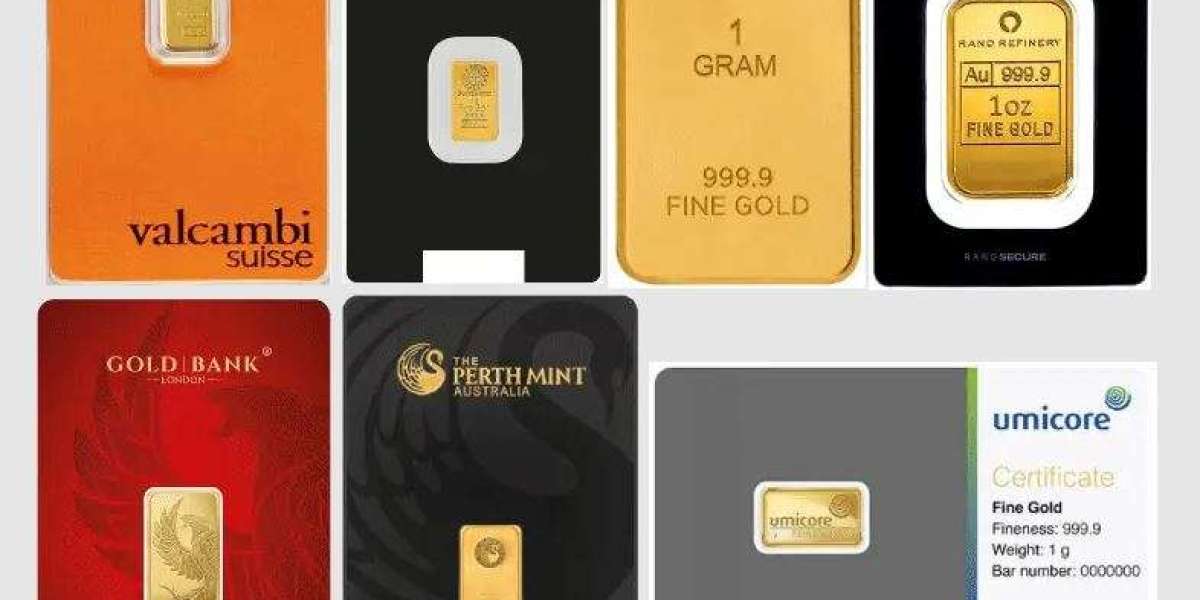Radio Frequency Components (RFC) are essential building blocks in any device or system that transmits or receives data via radio waves. These components operate within the radio frequency (RF) spectrum, which typically ranges from 3 kHz to 300 GHz, and are critical to enabling wireless communication across numerous technologies, including smartphones, Wi-Fi routers, satellite systems, automotive radar, and IoT devices.
As global demand for fast and reliable wireless connectivity increases, the role of RF components becomes increasingly central in the design and performance of modern communication systems.
The Radio Frequency Component (RFC) Market includes electronic components used in RF circuits for wireless communication systems. Key components include filters, amplifiers, oscillators, and antennas. These are essential in smartphones, radar systems, and satellite communications. Market growth is fueled by increasing wireless device adoption, expansion of 5G networks, and advancements in mobile communication technologies.
What Are Radio Frequency Components?
RF components are electronic elements specifically designed to operate at high frequencies. They are used to generate, amplify, filter, and transmit or receive RF signals. These components must maintain high performance even under rapid frequency changes, temperature fluctuations, and signal interference.
Common RF components include:
Antennas
RF amplifiers
Mixers
Oscillators
Filters
Switches
Duplexers
Attenuators
Power Dividers/Combiners
Each plays a unique role in ensuring that the RF signal is strong, clean, and accurately transmitted or received.
Key Types of RF Components and Their Functions
Antennas
Convert electrical signals into electromagnetic waves for transmission and vice versa for reception. They come in various forms, including dipole, patch, and helical.Amplifiers (Low Noise Amplifiers, Power Amplifiers)
LNAs amplify weak incoming signals with minimal added noise.
Power Amplifiers boost outgoing signals for long-range transmission.
Mixers
Combine two signals to create new frequencies (sum and difference), essential in frequency translation for transmitters and receivers.Oscillators
Generate stable RF signals at desired frequencies for modulation or carrier wave generation.Filters
Allow specific frequencies to pass while blocking others, used to reduce noise and prevent interference.Switches
Control the routing of RF signals between different paths, critical in multi-band devices.Duplexers and Diplexers
Allow simultaneous transmission and reception over the same antenna by isolating transmit and receive paths.Attenuators
Reduce signal strength intentionally, often used for testing or signal balancing.Phase Shifters
Alter the phase of an RF signal, often used in beamforming and phased array antennas.
Applications of RF Components
Telecommunications: Essential in mobile phones, 4G/5G networks, and wireless base stations.
Consumer Electronics: Found in Wi-Fi routers, Bluetooth devices, and smart TVs.
Aerospace and Defense: Used in radar systems, satellite communications, and electronic warfare.
Automotive: Support vehicle-to-vehicle (V2V) communication, radar-based safety systems, and infotainment.
Healthcare: Enable wireless medical devices, telemetry, and MRI systems.
Industrial IoT (IIoT): Connect machines, sensors, and controllers wirelessly on factory floors.
Challenges in RF Component Design
Miniaturization: With device sizes shrinking, RF components must be compact while maintaining performance.
Thermal Management: High-frequency operation generates heat, requiring effective cooling solutions.
Signal Integrity: Managing noise, distortion, and signal loss is crucial for consistent performance.
Wide Bandwidth: Supporting multiple frequency bands (e.g., in smartphones) adds complexity.
Cost vs. Performance: Balancing advanced capabilities with manufacturing costs is a continuous challenge.
Emerging Trends in RF Component Technology
5G and Beyond
The rollout of 5G networks demands higher-frequency components (mmWave), wider bandwidths, and beamforming capabilities.Integration with Semiconductors
Increasing use of RF CMOS and RF SOI technologies allows for greater integration with digital processors, lowering costs and size.Multi-band and Multi-mode Support
Devices need to operate across various bands (Wi-Fi, LTE, 5G, Bluetooth), requiring highly integrated and flexible RF components.GaN and GaAs Materials
Gallium Nitride (GaN) and Gallium Arsenide (GaAs) are being used to build high-performance RF amplifiers with better efficiency and power handling.Software-Defined Radios (SDR)
SDRs use software to control RF behavior, enabling reconfigurable components for diverse applications.
Future Outlook
The future of RF components is closely tied to the advancement of wireless technologies:
6G Networks: Will push frequencies even higher, requiring next-generation RF designs.
Autonomous Vehicles: Will increase demand for reliable, low-latency RF communication for sensing and control.
Smart Cities: Massive IoT deployment will need robust and scalable RF infrastructure.
Quantum Communication: May open up new avenues for RF design with ultra-high sensitivity requirements.
Conclusion
Radio Frequency Components are the silent enablers of the wireless world. From making phone calls and browsing the internet to operating autonomous vehicles and powering defense systems, RFCs are foundational to modern communication. As wireless demands grow in complexity and scale, innovation in RF component design and manufacturing will remain at the forefront of global technological advancement.
Related Reports:
| Home Security Products And Solution Market |
| Terrestrial Trunked Radio Market |
| Virtual Keyboard Market |
| Visual Computing Market |
| Voltage Regulator For Advanced Semiconductor Market |



